The Connemara is a breed of native pony that originates from the Connemara region of Co. Galway, Ireland. Connemaras are prized for their hardiness, agility, extraordinary jumping ability and temperament, qualities that have made them popular ponies for children and adults alike.
Breed Standard
The ideal physical and temperament qualities of the Connemara Pony are defined in the Breed Standard, and it is this standard which is used in inspections and showing.
Particulars
Height: 128cm to 148cm at maturity.
Colours: Grey, black, bay, brown, dun (may also be known as buckskin), palomino, dark-eyed cream, blue-eyed cream, and occasional roan or chestnut
Type: Compact, well balanced riding type with depth, substance and good heart room. Standing on short legs covering a lot of ground.
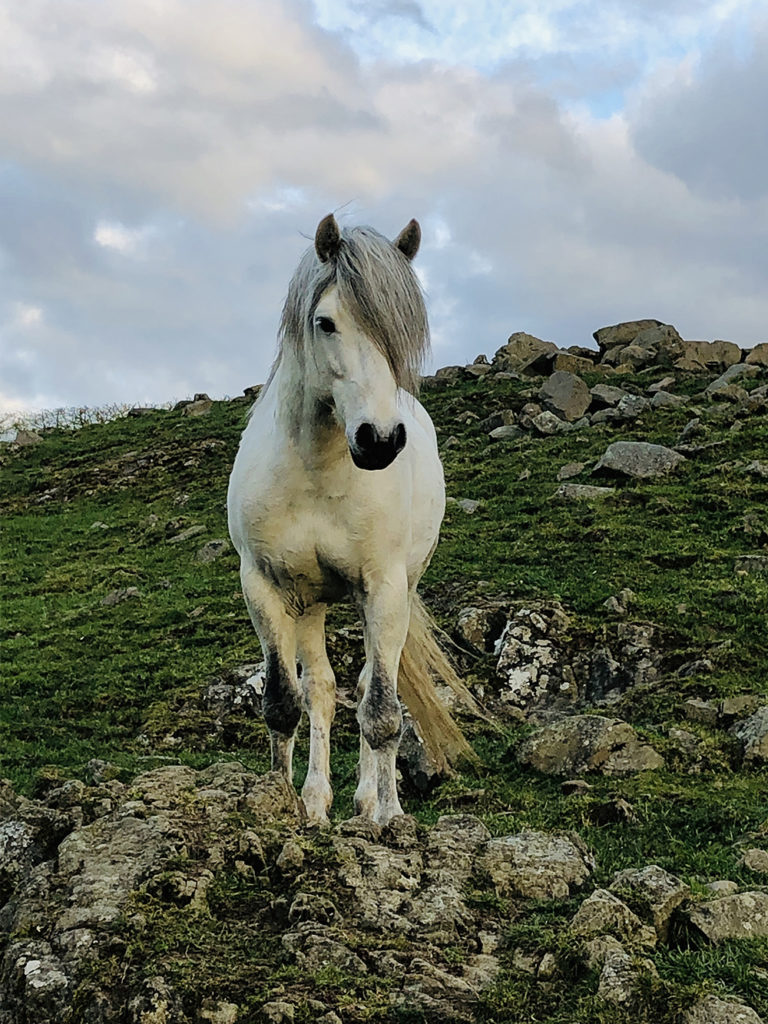
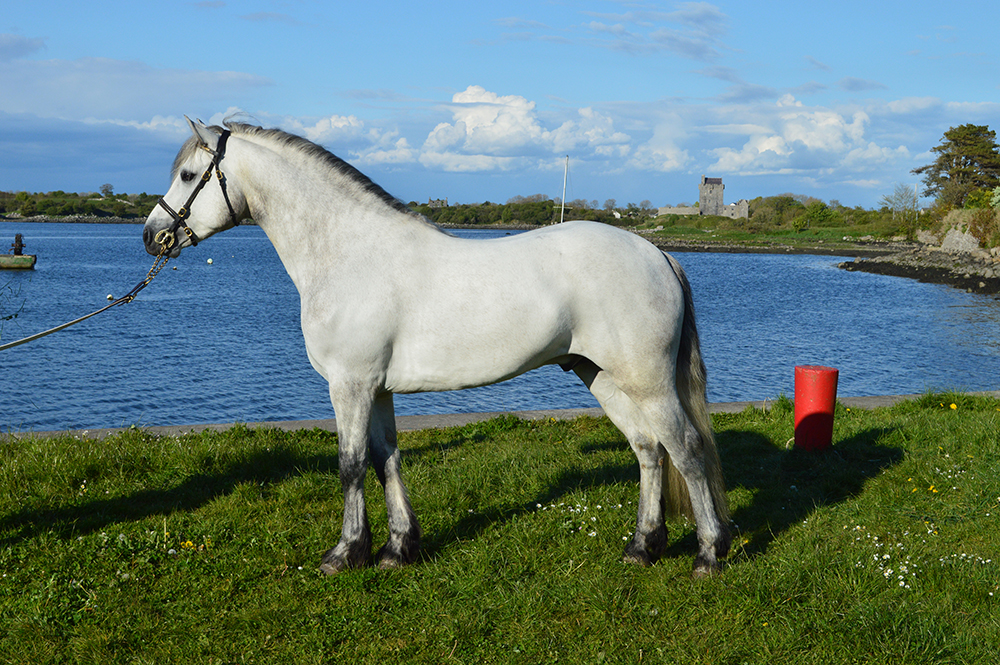
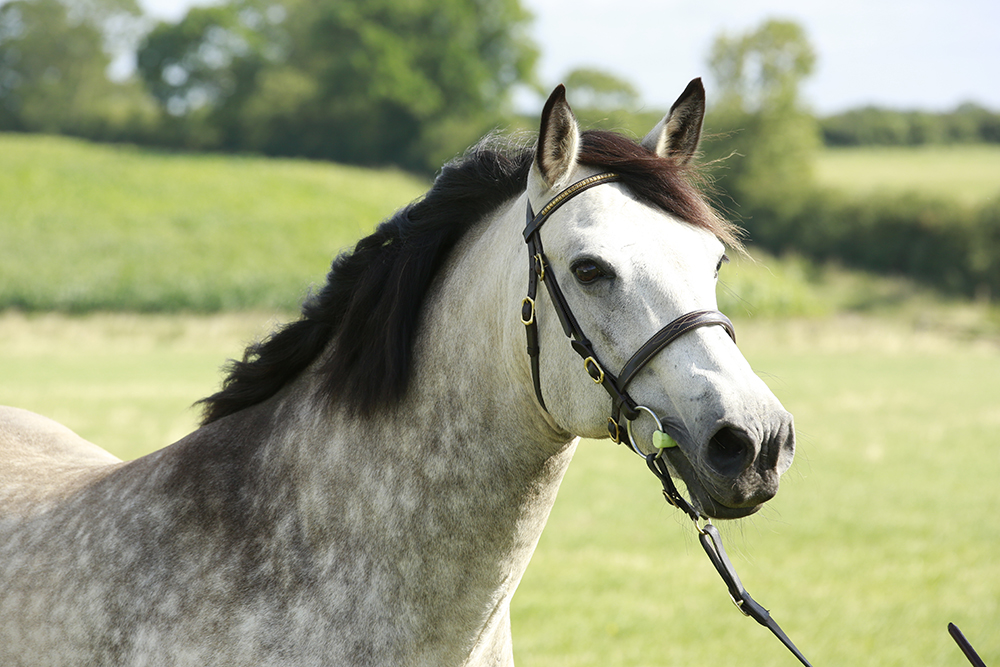
Description
Head: Well-balanced pony head of medium length with good width between large kindly eyes. Pony ears, well-defined cheekbone, jaw relatively deep but not coarse.
Front: Head well set on to neck. Crest should not be over-developed. Neck not set on too low. Well laid-back shoulder giving a good length of rein.
Body: Body should be deep, with strong back, some length permissible but should be well ribbed up and with strong loins.
Limbs: Good length and strength in forearm, well-defined knees and short cannons with flat bone measuring 18–21cm. Elbows should be free. Pasterns of medium length, feet well shaped of medium size, hard and level.
Hind-quarters: Strong and muscular with some length, well developed second thighs (gaskin) and strong low-set hocks.
Movement: Movement free, easy and true, without undue knee action, but active and covering the ground.
Characteristics
Good temperament, hardiness and staying power, intelligence, soundness, surefootedness, jumping ability, suitable for child or adult.
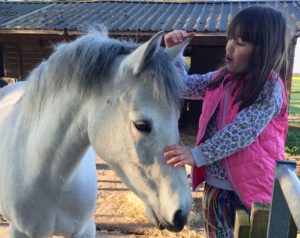
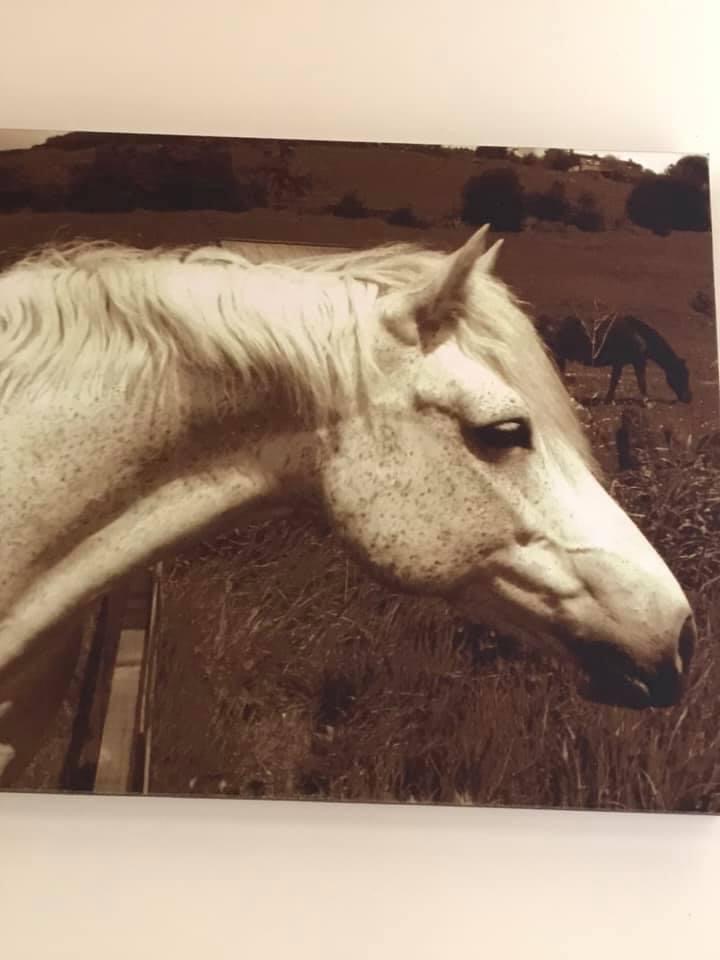
History of the Breed
The Connemara Pony’s hardiness and strength is a reflection of the stark but beautiful landscape of the Connemara region of Galway. The origins of the breed are much debated and in many ways are a matter of legend. Some believe the roots go back as far as 2500 years to dun, Iron Age ponies – evidence of prehistoric chariot racing at Loughrea near Galway goes some way to support this theory. It is also generally recognised that the Connemara Pony has obvious Arab features. A popular myth is that horses from the Spanish Armada swam ashore at Connemara in the sixteenth century and bred with the local ponies. It is more likely that good trade links between the west coast of Ireland and Spain and Portugal from as early as the Middle Ages led to Arab bloodlines entering the Connemara stock. Certainly, there is proof that Arab horses were imported by Connemara estate owners to be bred with local ponies as late as the eighteenth century.
The many hardships suffered by those living in Ireland in the nineteenth century combined with excessive crossbreeding meant that the Connemara stock was of poor quality by the twentieth century. In 1900, Professor James Ewart of Edinburgh University was invited to study the Connemara Pony and make recommendations. His report of 1901 stated that it was necessary to improve the pony’s bone but that any improvement must be made while preserving ‘the hardiness, vigour, stamina and docility of the ponies’ – recognising some of the key qualities that have since come to define the Connemara Pony. However the Ewart Report was ignored for many years.
However, after a fateful trip to Olympia International Horse Show, Michael J. O’Malley and other Connemara enthusiasts wrote letters in defence of the breed, eventually published in 1913 as a booklet entitled ‘Connemara Ponies’. This resurgence of support for the breed led to the founding of the Connemara Pony Breeders’ Society in Ireland in 1923, and the original members adopted Professor Ewart’s suggestion of inspecting and selecting the best stallions and mares from the breed to establish the foundation stock. In Ireland, and around the world, inspections continue to this day. The first stallion to ever appear in a Connemara studbook was the legendary Cannon Ball, who was entered as stallion #1 in 1924.
Since 1924, the CPBS has also held an annual Connemara Pony Show. The Pony Show today takes place on the third Thursday of August, and it is the highlight of the global Connemara calendar. Coincidentally, the Pony Show moved to its current home in Clifden – the capital of Connemara – in 1947, the same year in which the (then) English Connemara Pony Society was founded, beginning the story of the BCPS.
This history is based on a couple of sources, which make for excellent reading if you would like to know more:
Pat Lyne, Shrouded in Mist (Orphan Books, 1984)
Elizabeth Petch, The Connemara Pony Breeders’ Society 1923–1998 (Connemara Pony Breeders’ Society, 1998)
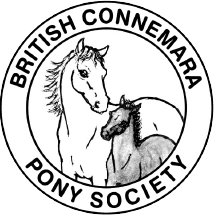
FOLLOW US british.connemara.pony.society
british.connemara.pony.society  @britishconnemaras
@britishconnemaras